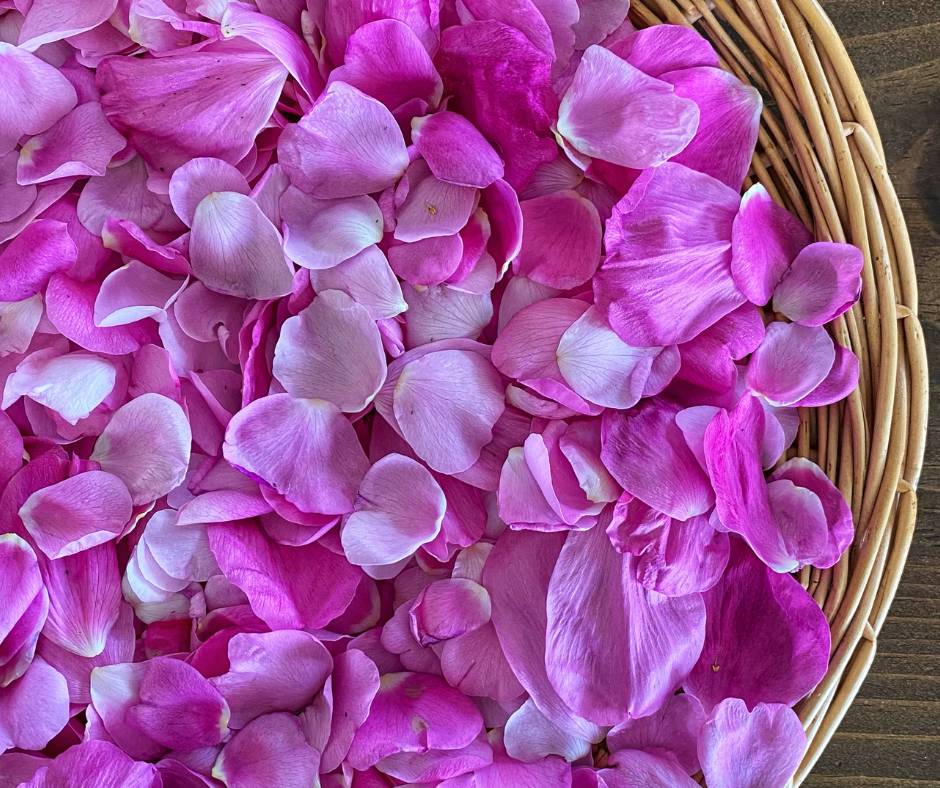 Many earth-based wisdom systems recognize the need to participate with, rather than work against, the changing tides of the seasons. When we live in harmony with seasonal change, we foster greater well-being.
Many earth-based wisdom systems recognize the need to participate with, rather than work against, the changing tides of the seasons. When we live in harmony with seasonal change, we foster greater well-being.
By observing the natural world, the ancient Chinese created a calendar system with 24 seasonal points based on how the sun moves in an annual circular motion. Each period is approximately two weeks. You can think of these solar terms as mini-seasons.
Each solar term represents the unique weather pattern present at that time of year and is associated with specific traditions. Learn more about all of the solar terms here.
Solar terms or seasonal points reflect climatic and environmental changes as the seasons shift. Chinese Medicine (TCM) emphasizes the need to alter our behaviour based on the external environment to maintain health and vitality and avoid disease. So, we can use the solar terms as guideposts when harmonizing our diet and lifestyle choices to match the natural world.
Solar Terms or Seasonal Points for Summer
In today’s post, we’ll explore the seasonal points associated with summer. Be sure to check out this post for general info on the seasonal points and these for information on the solar terms of winter, the solar terms of spring and the solar terms for fall.
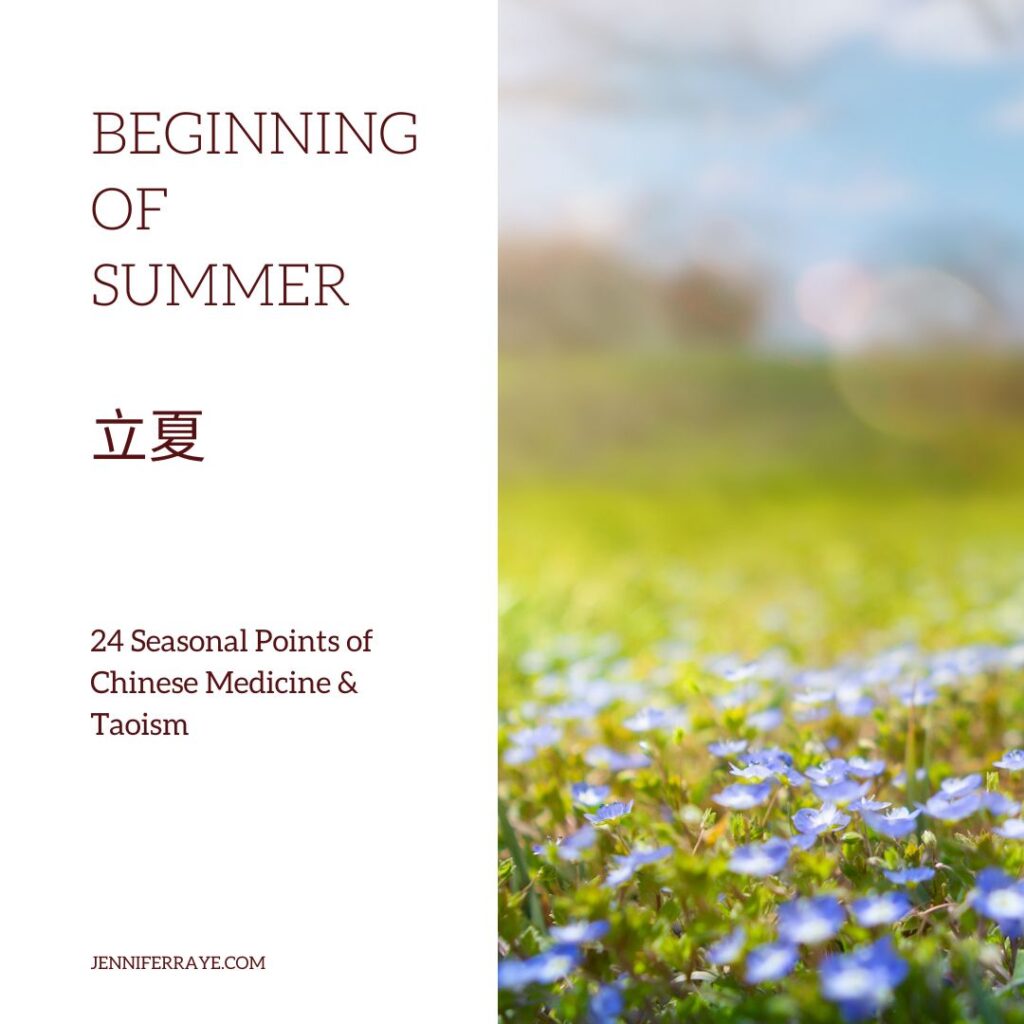
Beginning of Summer 立夏 – May 5th – May 19th
This seasonal point is at the midpoint between the spring equinox and summer solstice and marks the beginning of the fire element season in the northern hemisphere. Yang starts to increase now. There may still be some variability, but the warm weather will soon arrive.
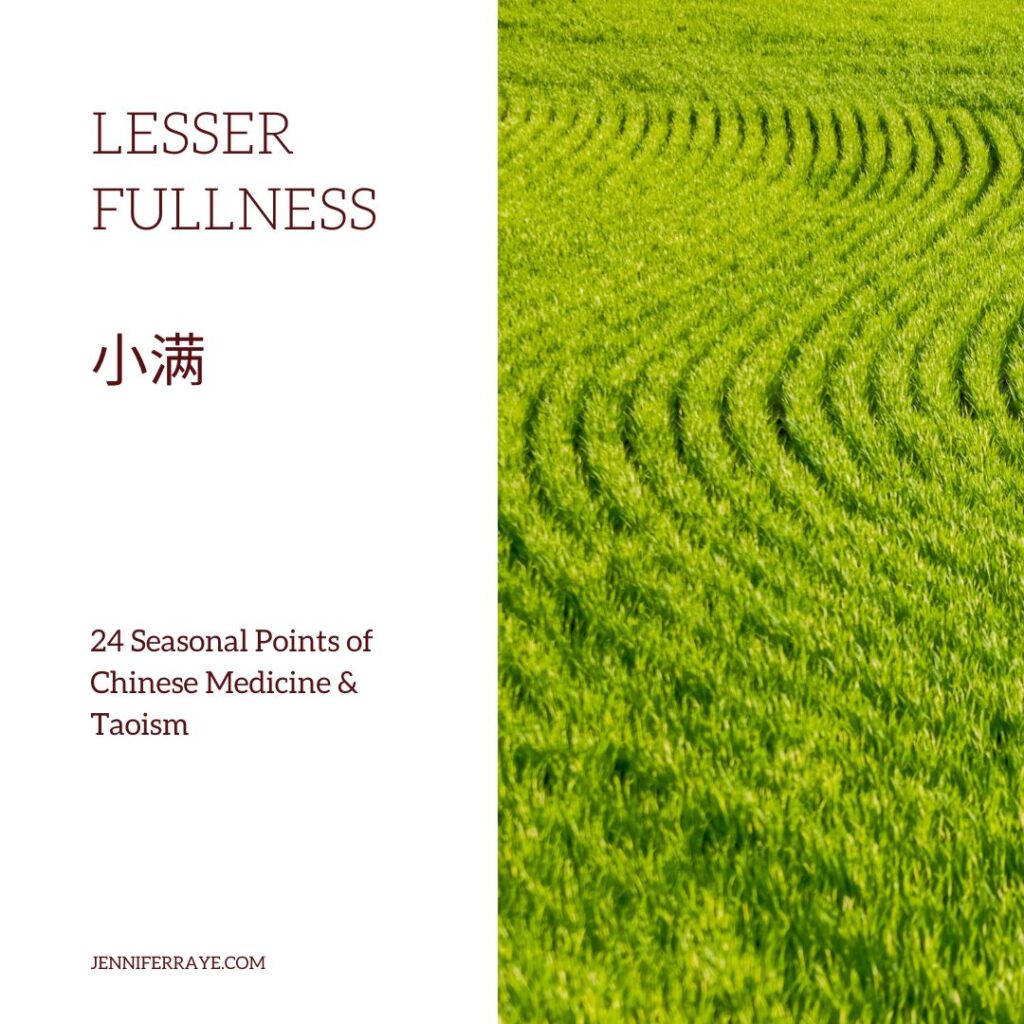
Lesser Fullness 小满 – May 20th – June 4th
This solar term indicates that seeds are becoming full but are not yet fully ripe. Gradually change your diet and lifestyle to include more summer foods and activities while supporting your Spleen and Stomach Qi. If you overdo cold foods and cooling activities, like air conditioning and iced drinks, cold dampness can build up in the body and reduce Yang. Over time, this can negatively impact digestion and cause pain and sluggishness.
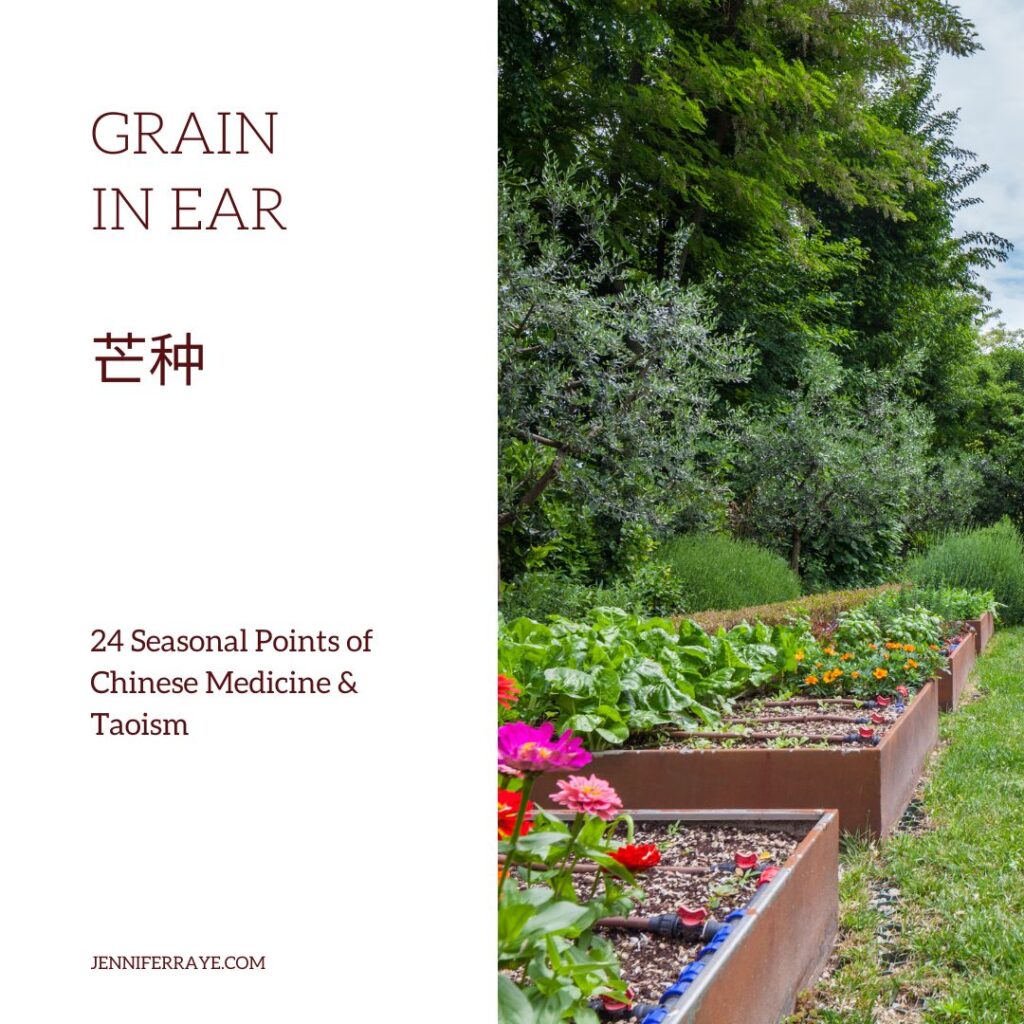
Grain in Ear 芒种 – June 5th – June 20th
This seasonal point tells us the natural world is starting to ripen. It’s a great time to plant your summer garden, get outside, and enjoy the abundance at the local farmers market. Just as the natural world is expressing its total abundance this time of year, we, too, are supported in expanding and expressing.
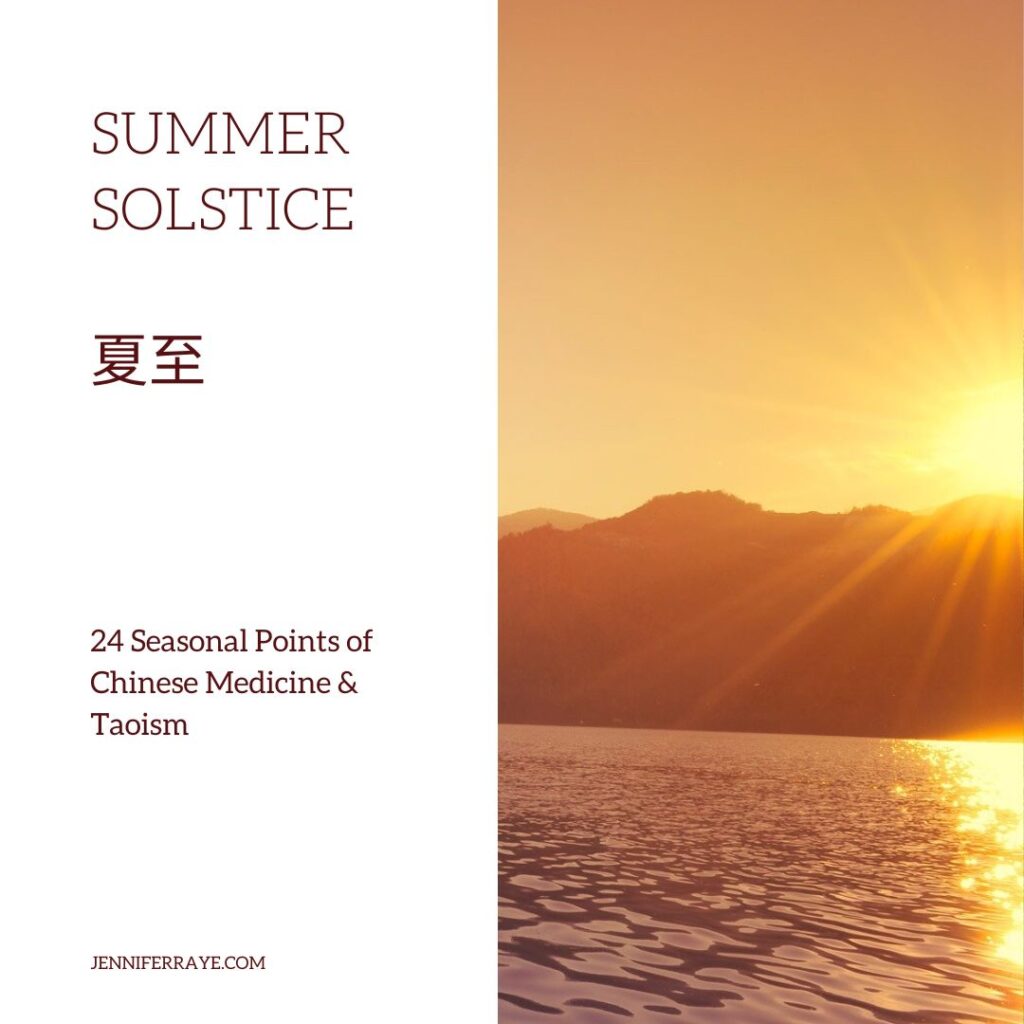
Summer Solstice 夏至 – June 21st – July 5th
During the solstice, yin and yang are balanced. We have the longest days and shortest nights in this period. The key is finding the right amount of fire – staying open, experiencing joy and expansion while still being tempered. Take this time to enjoy life through loving communication (with self and others), awareness and love. Ask yourself—can you stay open (with safe boundaries) even when you have a history of being hurt or experiencing pain? Can you allow and accept the wounded places within without letting them shut you down and close you off? If you can do this, you turn your pain into compassion, one of the most refined qualities of the fire element.
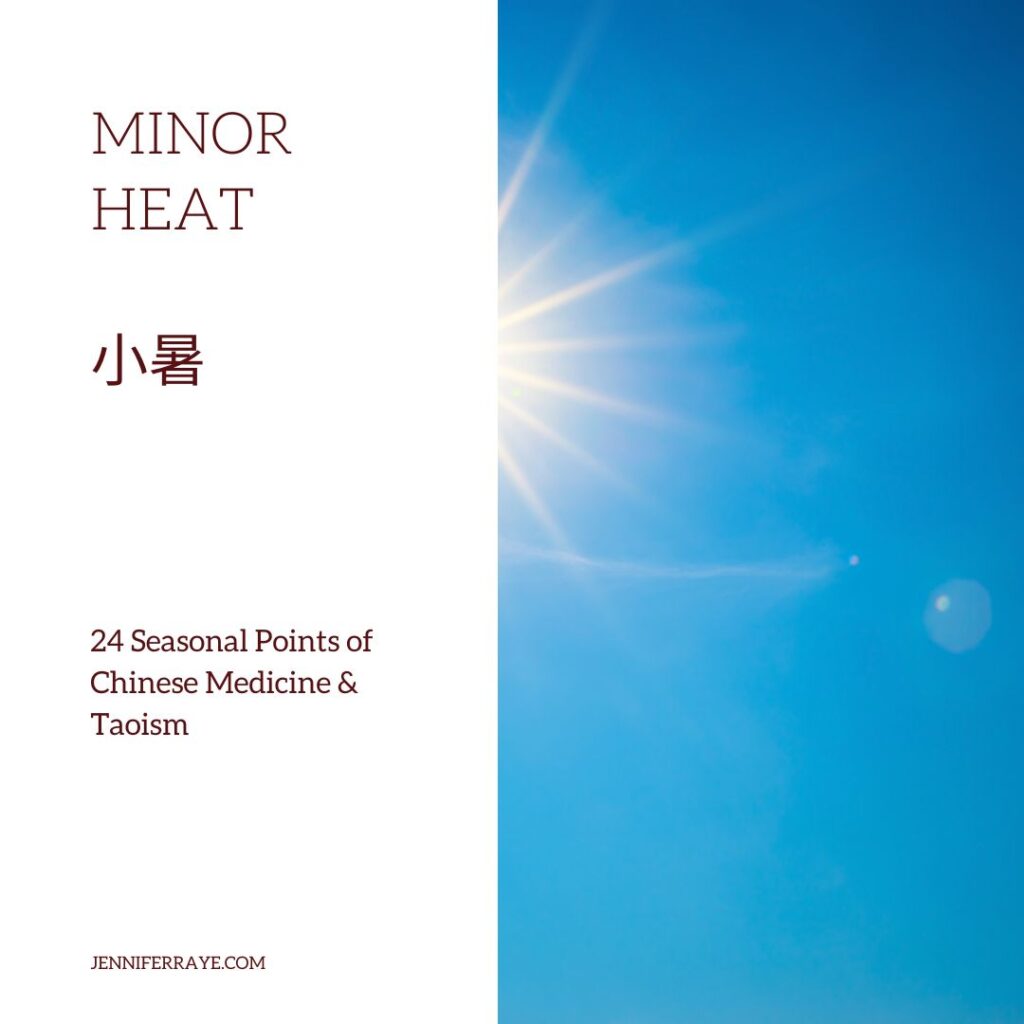
Minor Heat 小暑 – July 6th – July 21st
This solar term indicates an increase in temperatures. Because fire naturally spreads upwards and outwards, finding ways to bring energy down, calm and cool is particularly important in summer. Think meditation, gentle yoga, cool walks in the shade, and laughter and cuddles with family and friends.
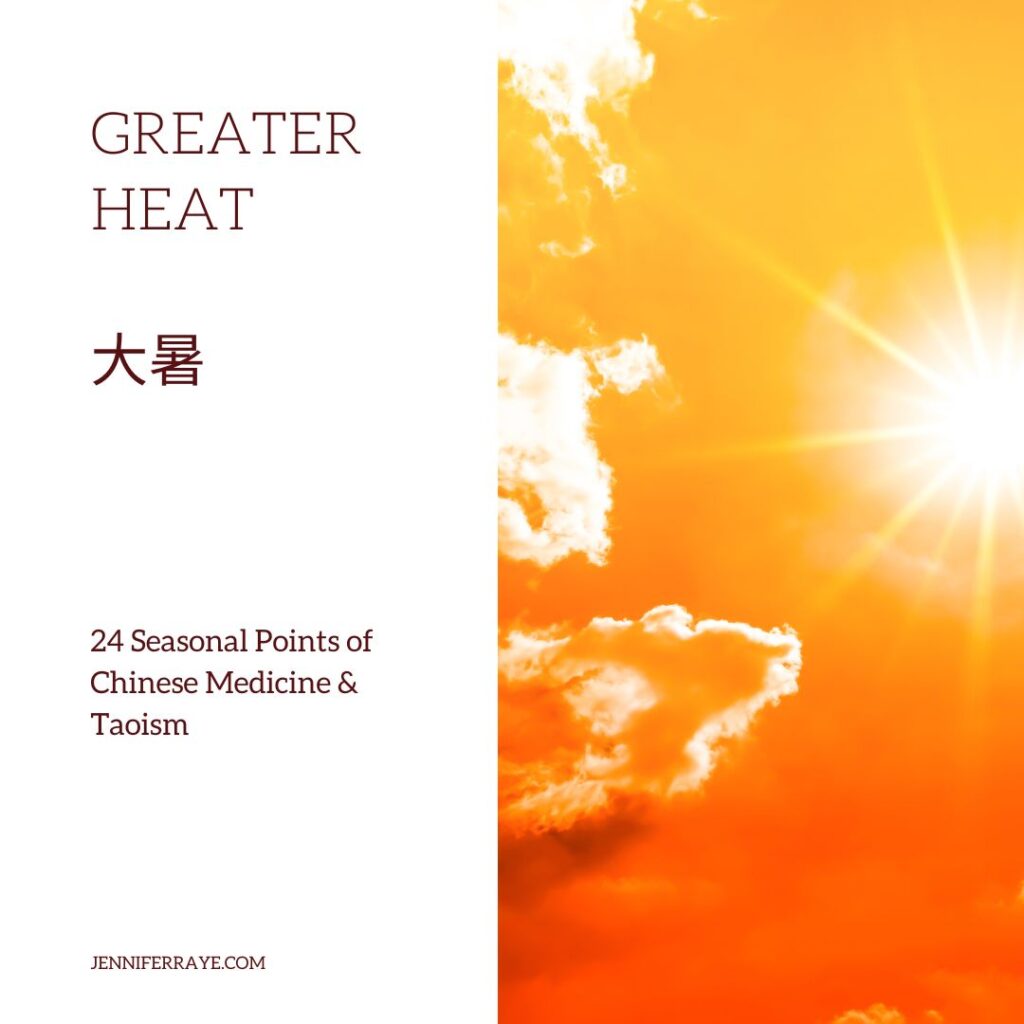
Greater Heat 大暑 – July 22nd – Aug. 6th
This seasonal point indicates some of the hottest weather. Excess heat can appear in the body-mind as restlessness, over-excitement, anxiety, insomnia, rashes, breakouts, UTIs, irritability, insomnia, and digestive troubles. Counteract the effects of heat with yin-building foods and activities like jumping in a lake or drinking chrysanthemum tea.
Seasonal Energetics for Summer Solar Terms
ELEMENT: Fire
ORGANS: Heart / Small Intestine / Pericardium / Triple Burner
In Chinese Medicine, the Heart, Small Intestine, Pericardium and Triple Burner are the organs that represent the vibrant energy of this season.
The heart and pericardium sit inside the ribcage, a little left of centre. The heart supplies the body (in cooperation with the lungs) with oxygenated blood by continually pumping an enormous amount of blood through the vast circulatory system. The pericardium is the outer fibrous layer or sac around the heart. It supports the heart’s movement and functions while providing a physical barrier between the heart and surrounding tissues.
The small intestine is located in the GI tract between the stomach and the large intestine. It receives food from the stomach and continues the digestion process. The small intestine is also where a large portion of the absorption and assimilation of nutrition and fluid occurs.
The San Jiao is not a recognized organ in Western anatomy. There is some dispute about what the Chinese meant when they discussed the San Jiao, but it’s widely believed among TCM physicians that it refers to a relationship between organs instead of an organ on its own. One way to think about this is that it describes the relationship between the organs responsible for water movement in the body. It could also refer to the three burners in Chinese Medicine – the upper, middle, and lower. Similar to the thoracic, abdominal, and pelvic cavities.
COOKING: During summer, enjoy a variety of colourful foods with others. Balance is needed to support and regulate body temperature. Lighter, bitter, and cooling foods are essential to protect against external heat. Dehydration and drying are also concerns in the hotter months because excess heat and yang can damage body fluids and yin. So, use foods that support body fluids and yin. Pungent-flavoured spices – especially small amounts of warming pungent, help the body sweat and cool.
Here are a few cooking tips for summer:
- Add in some fresh, cooling, and yin summer foods: zucchini, green tea, cucumbers, green beans, melons, mint, celery, water chestnuts, mung sprouts, fruits (apple, watermelon, pear, limes), tofu, and coconut.
- Cook with more water, like steaming and blanching.
- Eat less and lighter in hotter seasons – you’ll most likely notice your appetite is not as strong.
- Include more bitter flavours – dandelion, romaine, endive, asparagus, zucchini, fennel root, rye, and radicchio.
- Add small amounts of pungent flavour (be careful not to overdo it)—chillies, cayenne, fennel, and turmeric are good choices.
- Stay hydrated with water and electrolytes to support the yin and Kidney Qi, essential for maintaining good energy through the warmer months.
SELF-CARE: Summer is the season of fire. On the great wheel of time, yang is now growing. It’s a time of expansion—think of the bright energy of the sun and how it fuels celebration and activity. It’s a great time to connect with others and play outside. It’s also a good time of year to cultivate calm and protect your internal fluids.
Here are a few ways to support yourself during the summer solar terms:
- Try these summer recipes.
- Do vigorous activity and get sunshine in the early morning. Avoid activity and excess sweating midday when the fire element is highest.
- Build your yin with these suggestions.
- Learn more about acupressure for the Hearts guardian – the Pericardium – with this post and video.
- Emphasize loving kindness, compassion, joy, and equanimity like this practice on loving-kindness.
- Practice supported backbends and supported shoulder-stand like this supported bridge pose.
- Use this Conception Vessel 14 acupressure point to support the Heart-mind
I hope this gives you some good ideas on how to work with the solar terms using Chinese Medicine! Be sure to check back at this page for more seasons as I release them, and if you’re not on my mailing list, sign up here to get updates as I release them!




